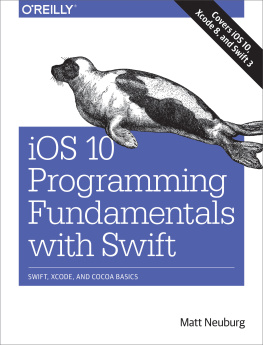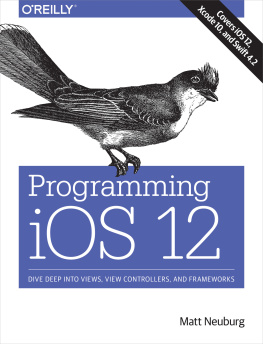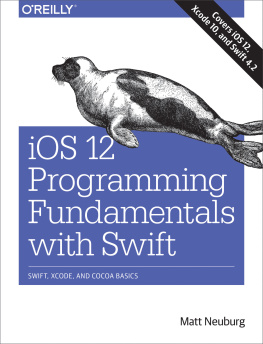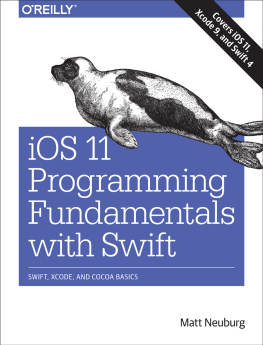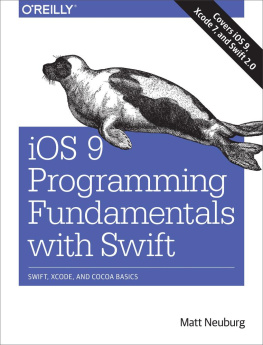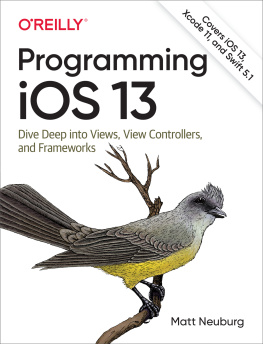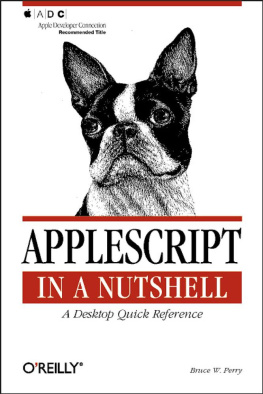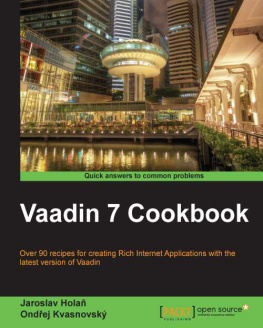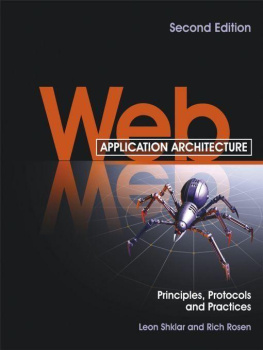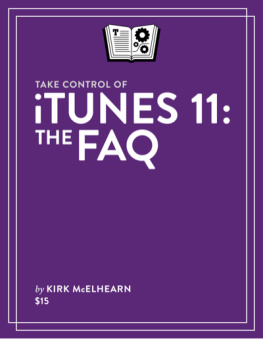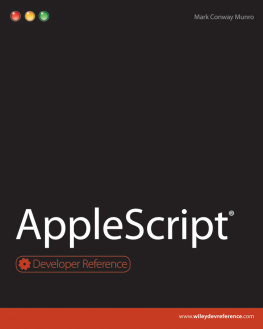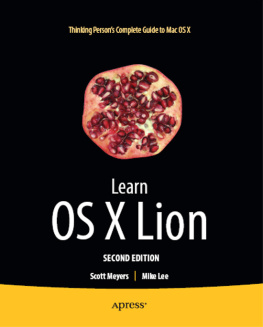Preface
If you use a Macintosh, there's something amazing lurking under the hood of your computer, and something even more amazing on the surface. Under the hood, there's a system-level mechanism for applications to communicate with one another, order each other about, get information from each other, and generally collaborate to avail themselves of each other's strengths and abilities. On the surface, there's AppleScript, which puts the power of this mechanism into the hands of ordinary users, letting them program the computer for themselves by writing and executing code in the AppleScript language, as a way of automating the behavior of applications, reducing many steps to one, throwing the burden of repetition and calculation onto the computer, and combining the powers of multiple applications into a seamless united workflow. AppleScript can be used to construct a simple brief automation or a massive complex chain of events. It's a brilliant labor-saving deviceand saving labor is what computers are all about.
AppleScript is one of the greatest innovations of Mac OS, one of its most notable distinguishing featuresand one of its most practical. Users from lone amateurs to mighty corporations have come to depend on it. Yet AppleScript was long treated by Apple itself as something of an unwanted, troublesome stepchild, and has even (according to apocryphal legend) at times come perilously near to being tossed onto the scrapheap. With the rise of Mac OS X, however, AppleScript has prospered, enjoying a kind of Golden Age, being embraced and acknowledged as one of Apple's star technologies. It is noted on Apple's own web pages as a major element of Mac OS X (for example, see http://www.apple.com/macosx/overview/). The Script Editor has been rewritten as a Cocoa application. Scripts may be run from a systemwide menu. More and more of Apple's own new applications are scriptable. Integration with Unix scripting has been provided. Automator (new in Tiger) lets users effectively assemble, customize, and run scripts without having to deal with any code. Even applications that are not technically scriptable can be targeted with AppleScript. Users can actually write a genuine application with a full-fledged Aqua user interface, using AppleScript as their programming language, thanks to the astounding AppleScript Studio. And it all comes for free as part of Mac OS X.
In this context, with interest in AppleScript waxing anew, the need for a complete explanatory manual and reference is greater than ever. In that spirit, this book has been offered. It is hoped that it will prove helpful to AppleScript's beginning and veteran users alike. Neither prior knowledge of AppleScript nor any previous programming experience is assumed, so that the complete beginner can use this book to learn AppleScript from the ground up; at the same time, the book aims at a degree of technical depth and completeness that will satisfy the needs of those who wish to consult it to check some point of syntax, or to gain a firmer understanding of such advanced arcana as how the scoping rules operate, how terminology is resolved, or what an Apple event really is.
The Scope of This Book
What should be the scope of a book about AppleScript? This is a tricky problem, and one that earlier books, in my view, have not always dealt with satisfactorily. The trouble is that AppleScript is really two subjects. First, there is what one may call AppleScript itself, a system-level technology and a "little language," not particularly useful or powerful on its own, but ready to talk to scriptable applications and to take advantage of their utility and power. Second, there is AppleScript as extended and implemented by particular scriptable applications: how to use AppleScript to talk to the Finder, how to use AppleScript to talk to Adobe Photoshop, how to use AppleScript to talk to QuarkXPress, and so forth.
On the whole, this book makes no attempt to treat this second aspect of AppleScript. This may be surprising to readers accustomed to some earlier books, but I believe it to be the right decision nonetheless. AppleScript as implemented by particular applications is a massive, encyclopedic subject. It would be easy to write an entire book of techniques, tricks, and tips for scripting just one major application. And the scope of any attempt to do this for every scriptable application would be open-ended, because it is impossible to know what scriptable applications the reader has or might acquire, and because new applications, any of which might be scriptable, are being developed all the time. Also, such treatment is largely unnecessary. Every scriptable application includes a dictionary telling the user about how it extends the language; the user can employ this, together with trial and error, and possibly examples from documentation and the Internet, to obtain pretty fair mastery over the art of scripting that application. There might even be books on the exact subject the reader is interested in. It is far better that the reader should consult a book entirely devoted to scripting, say, Adobe Illustrator than that the present book should attempt to compress a treatment of the same material into some reduced and undoubtedly inadequate form ( lists a few such books).
My choice, therefore, is between concisely teaching the reader to fish and giving the reader a large pile of possibly quite unnecessary fish. Readers who know anything of my work (or anything about fish) will know instantly which choice I would make. Rather than trying to encompass the details of scripting every application, my approach in this book has been to explain AppleScript itself , explicating the technology, documenting the language, describing how a dictionary works and what a user can and can't learn from it, and providing supplementary examples from across the range of applications that I actually use, so that the reader will be mentally equipped and educated and able to study and experiment independently with scripting any application.
Besides, books about the first aspect of AppleScriptabout AppleScript itselfhave been surprisingly few and far between. It is here that the need exists. The fact is that I have never seen the AppleScript language taught, explained, and documented in what I would regard as a clear, rigorous, and helpful way. Considering how long AppleScript has been around, it is hard to explain this lack. It may have partly to do with the absence of any clear and full explanation from Apple itself. After all, Apple wrote AppleScript, and only the folks at Apple have access to AppleScript's inner workings. Yet the only Apple manual of AppleScript, the AppleScript Language Guide , generally lacks explanatory depth.
There is a kind of unspoken mythwe may call it the "ease of use" myththat tries to give the impression that AppleScript is so easy and intuitive that it doesn't really need explanation. Apple possibly didn't want users to see AppleScript as a full-fledged programming language, with all the precision, complexity, and sophistication that this entails, because that would be something that users would have to learn , exercising those parts of their brain to which a Macintosh, with its windows and icons and colorful buttons, isn't supposed to appeal. Instead, AppleScript is supposed to be so simple, so thin, so easy, so English-like, so intuitive, that there is hardly anything to learn in the first place; just pick up an application and its dictionary and presto, you're ready to script it.


